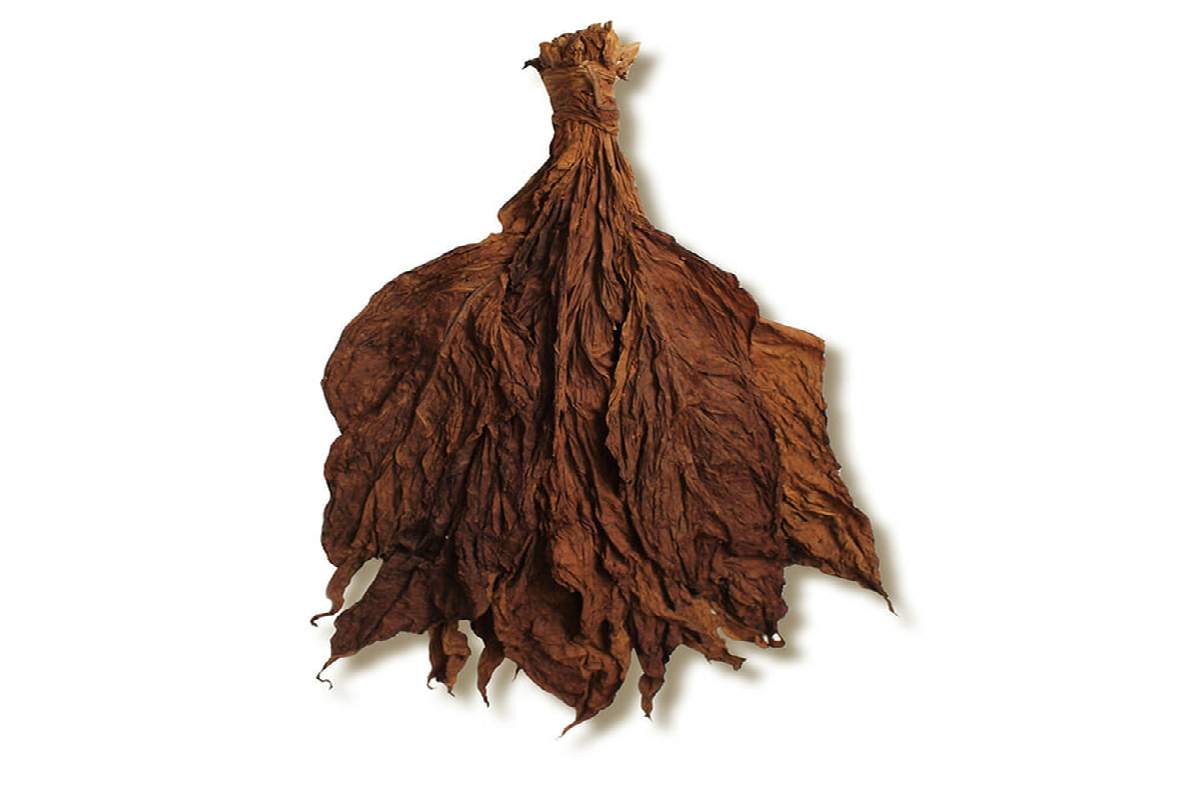Tobacco has been an important part of human society since many centuries. It exceeds its agricultural significance as it has been entrenched in culture, rituals, and economics of many countries in the world.
In this respect, the Grabba leaf has become a classic, as well as a contemporary favorite, and it crosses generations of usages with new implications in the contemporary world. In order to see why Grabba is that popular, it can be helpful to examine its cultural and historical origins.
History of the Tobacco Leaf
Even the history of tobacco originates with the native population of the Americas. During thousands of years tobacco leaves were grown, dried and applied in spiritual practices, healing rituals and social events. Upon discovery of tobacco in the late 15th and early 16th centuries, Europeans did not hesitate to introduce it in their own societies, where the crop soon became the most lucrative cash crop in history.
Out of this world expansion, regional practices evolved. Although cigarettes and cigars came to be produced and gained popularity in Europe and North America, natural leaf consumption continued to be high in the Caribbean, Africa, and Latin America. The Grabba leaf fits into this tradition: it is uncured, uncut and untreated tobacco taken directly by communities with no heavy processing: just picked and sun-cured.
Grabba in the Caribbean Tradition
The cultural use of Grabba is frequently attributed to the Caribbean. Tobacco was a staple crop on several islands due to the ideal weather and rich soil. Native Americans began to include natural tobacco leaves into their everyday routines, whether it was for smoking cigars, making smoking mixes, or just relaxing with loved ones.
Grabba evolved become a sign of genuineness rather than merely a product. As a way to connect with their heritage, people started using entire leaves instead of factory-rolled equivalents. It is common practice in Jamaica and other Caribbean locations to add “crumbling Grabba” to smoking mixes. As time went on, this custom made its way around the world, especially to cities in North America and Europe brought to life by the Caribbean diaspora.
Urban Influence and Modern Popularity
Caribbean customs evolved alongside the people who migrated to the Americas and settled in new towns. There was a period when Grabba leaf was ubiquitous in trendy areas and boutiques of major cities like London, Toronto, and New York. More and more people, not just in the Caribbean, were interested in trying natural leaf tobacco as its reputation spread.
Grabba typically symbolizes integration in today’s urban culture. For a fuller, more robust taste, many people add the leaf to their preferred smoking product for an all-natural enhancement. This style is a combination of old and new, reflecting both the past and the present.
The music and media industries have greatly contributed to Grabba’s fame. References to Grabba leaf in reggae, dancehall, and hip-hop communities show how culturally significant it is. Authenticity, legacy, and a sense of belonging to one’s community are all emphasized by its celebration. Learn more here https://emagazine.com/why-are-people-moving-towards-buying-grabba-leaf-this-2023/.
Social Rituals and Shared Identity
Grabba, like many tobacco products, has a strong social component. When people utilize it, it’s usually in a social setting, like a party, a family reunion, or just hanging out with pals. An intimate moment of connection, sharing Grabba strengthens bonds of trust and belonging.
Its historical origins are reflected in this ritualistic use. Tobacco was more than just a vice in indigenous and Caribbean cultures; it was a social good, exchanged at sacred gatherings. The modern-day Grabba community still holds on to the same sense of community, with the leaf representing continuity and unity.
Natural Appeal and Authenticity
Because it is genuine, Grabba also has a strong cultural foundation. Many users like the Grabba leaf for its natural and barely altered nature, especially in this era of mass production, chemicals, and heavily processed tobacco. Something raw, authentic, and unadulterated has been lost, and this feels like it.
This genuineness is also related to one’s sense of self. A lot of people use Grabba as a way to keep traditions alive that have been in their family for a long time. This bond to one’s ancestry is strong even in today’s globalized, modern societies.
Grabba as a Way to Connect the World
Grabba leaf started in certain areas, but now it’s used all over the world. Grabba can now be found in smoke shops all over the world, including some in Asia, Europe, and North America. It has become a way for people from different countries who like natural tobacco to connect with each other.
Grabba is interesting because it also gets people of different generations talking. People who are older often see it as a link to the past, while people who are younger see it as a part of current city life. Grabba leaf acts as a culture bridge in this way, connecting people of all ages, places, and even languages. Discover more here.
Challenges and Changing Perceptions
Of course, there are some hard parts in the story of Grabba leaf. Just like with any other drug, tobacco has health risks, and people are talking more and more about how to use it responsibly. There are rules in many countries about the sale and use of natural tobacco, which can affect how Grabba is advertised and how people can get it.
Thoughts about smoke are also changing at the same time. People criticize manufactured cigarettes for the chemicals they contain and the health risks they pose. On the other hand, natural products like Grabba are often seen in a different way and are valued for their simplicity and cultural authenticity. People are still talking about where Grabba fits in modern society because of these two sides.
The Legacy of Grabba
In the end, Grabba leaf is more than just a product for smoking. It represents hundreds of years of culture tradition, change, and survival. Grabba has left behind a legacy that is still changing today. This legacy includes everything from traditions for native people to Caribbean community life to modern urban expression.
Its cultural roots show how people need to connect with others, follow rituals, and be true to themselves. It has problems in a world that is changing, but its success doesn’t seem to be going away. In the minds of many, Grabba is more than just a leaf. It’s a link to history, identity, and community.



